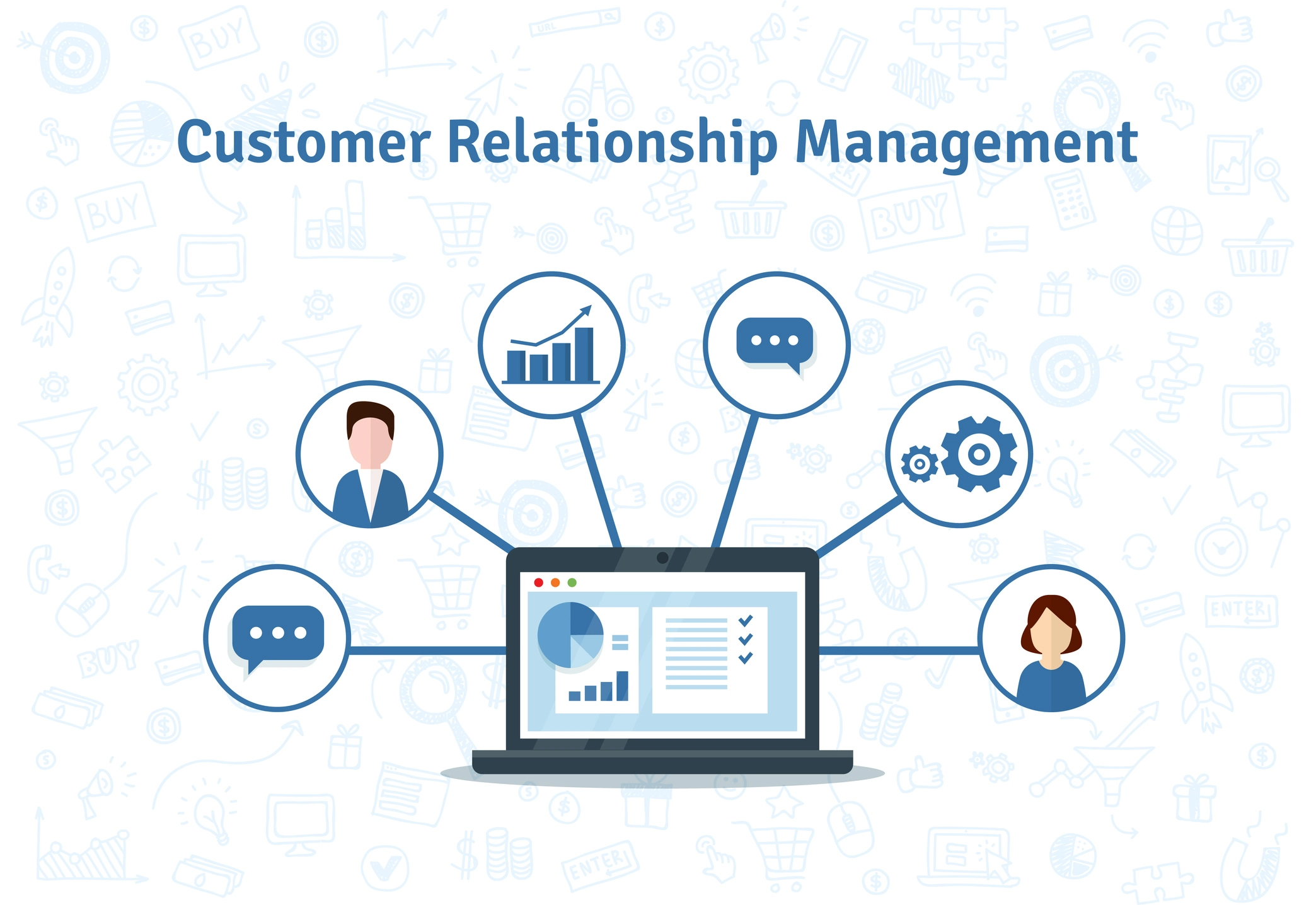Customer Relationship Management
Customer Relationship Management (CRM) is a strategy and technology used by organizations to manage interactions with current and potential customers. By utilizing CRM systems, businesses can streamline processes, improve customer service, and increase profitability. This article explores the definition, features, types, benefits, challenges, popular CRM systems, and best practices for effective CRM implementation.
Definition of CRM
CRM is both a business strategy and a technological solution that focuses on building and maintaining relationships with customers. It involves collecting and analyzing customer data to enhance customer interactions, understand their needs, and foster long-term loyalty. CRM systems centralize customer information, allowing organizations to track interactions, manage sales processes, and deliver personalized experiences.

Key Features of CRM
1. Contact Management
CRM systems store detailed information about customers, including contact details, communication history, and preferences. This centralized database allows teams to access up-to-date information easily.

2. Sales Management
CRM tools provide features for managing the sales pipeline, tracking leads, and monitoring opportunities. Sales teams can automate tasks, set reminders, and analyze sales performance.

3. Customer Service Automation
CRM platforms often include customer service features, such as ticketing systems and chat support, enabling businesses to respond promptly to customer inquiries and issues.
4. Reporting and Analytics
CRM systems offer reporting and analytics tools that allow organizations to measure performance, track customer engagement, and identify trends, helping to inform strategic decisions.
5. Integration Capabilities
Many CRM solutions integrate with other business applications, such as email marketing, e-commerce, and social media platforms, providing a holistic view of customer interactions.
Types of CRM
1. Operational CRM
Operational CRM focuses on automating and improving customer-facing processes such as sales, marketing, and customer service. It helps organizations streamline workflows and enhance customer interactions.
2. Analytical CRM
Analytical CRM emphasizes data analysis and insights, allowing organizations to understand customer behavior, preferences, and trends. This type of CRM aids in making data-driven decisions.
3. Collaborative CRM
Collaborative CRM enables communication and collaboration between different departments, ensuring that all teams have access to the same customer information. This integration fosters a unified approach to customer relationship management.
4. Startegic CRM
Strategic CRM focuses on aligning customer relationship management with business strategy. It aims to understand customer needs and preferences to create tailored experiences and build long-term relationships.
Benefits Of Using CRM
1. Improved Customer Relationship
By centralizing customer data and interactions, CRM systems help organizations understand their customers better, leading to enhanced relationships and loyalty.
2. Increased Sales Efficiency
CRM tools streamline sales processes, enabling sales teams to manage leads and opportunities more effectively. This efficiency can result in increased conversions and revenue.
3. Enhanced Customer Service
With access to customer information, support teams can respond quickly to inquiries and issues, improving overall customer satisfaction.
4. Data-Driven Insights
CRM systems provide valuable insights into customer behavior and preferences, allowing organizations to make informed decisions and tailor marketing strategies.
5. Scalability
CRM solutions are designed to grow with your business. As customer interactions increase, CRM systems can scale to accommodate additional data and users.
Challenges of Using CRM
1. Implementation Complexity
Implementing a CRM system can be complex, requiring careful planning, integration with existing processes, and training for staff.
2. User Adoption
Encouraging employees to adopt a new CRM system can be challenging. Resistance to change or lack of understanding of the system’s benefits may hinder successful implementation.
3. Data Quality and Maintenance
Maintaining accurate and up-to-date customer data is crucial for effective CRM. Inconsistent data entry and lack of regular updates can lead to inaccuracies and inefficiencies.
4. Cost Considerations
While many CRM systems offer significant benefits, the costs associated with implementation, subscription fees, and ongoing maintenance can be a consideration for businesses.
Popular CRM Systems
1. Salesforce
Salesforce is one of the leading CRM platforms, offering a comprehensive suite of tools for sales, customer service, marketing automation, and analytics.
2. HubSpot CRM
HubSpot CRM is a user-friendly platform that offers a free tier, making it accessible for small businesses. It includes features for sales, marketing, and customer service.
3. Microsoft Dynamic 365
Microsoft Dynamics 365 integrates CRM and ERP capabilities, providing businesses with tools for sales, marketing, customer service, and project management.
4. Zoho CRM
Zoho CRM is a flexible and affordable solution that caters to small and medium-sized businesses. It offers various features, including sales automation and analytics.
5. Pipedrive
Pipedrive is a sales-focused CRM that emphasizes pipeline management. It is designed to help sales teams track deals and improve conversion rates.
Best Practices for Implementing CRM
1. Define Clear Goals
Before implementing a CRM system, define your objectives and what you hope to achieve. Having clear goals will guide your selection and implementation process.
2. Involve Key Stakeholders
Engage key stakeholders from various departments during the selection and implementation process to ensure the system meets the needs of all users.
3. Focus on Data Quality
Establish processes for maintaining accurate and up-to-date customer data. Regularly review and clean your database to ensure its effectiveness.
4. Provide Training and Support
Invest in training programs for users to ensure they understand how to use the CRM system effectively. Ongoing support is essential for encouraging user adoption.
5. Monitor and Evaluate Performance
Regularly assess the performance of your CRM system against your defined goals. Use insights from the system to make data-driven adjustments and improvements.
Conclusion
Customer Relationship Management (CRM) is a vital strategy for organizations seeking to enhance customer relationships and streamline business processes. By understanding the features, benefits, challenges, and best practices associated with CRM systems, businesses can effectively leverage these tools to improve customer satisfaction, increase sales, and drive growth. Whether for small businesses or large enterprises, a well-implemented CRM strategy can significantly impact overall success.